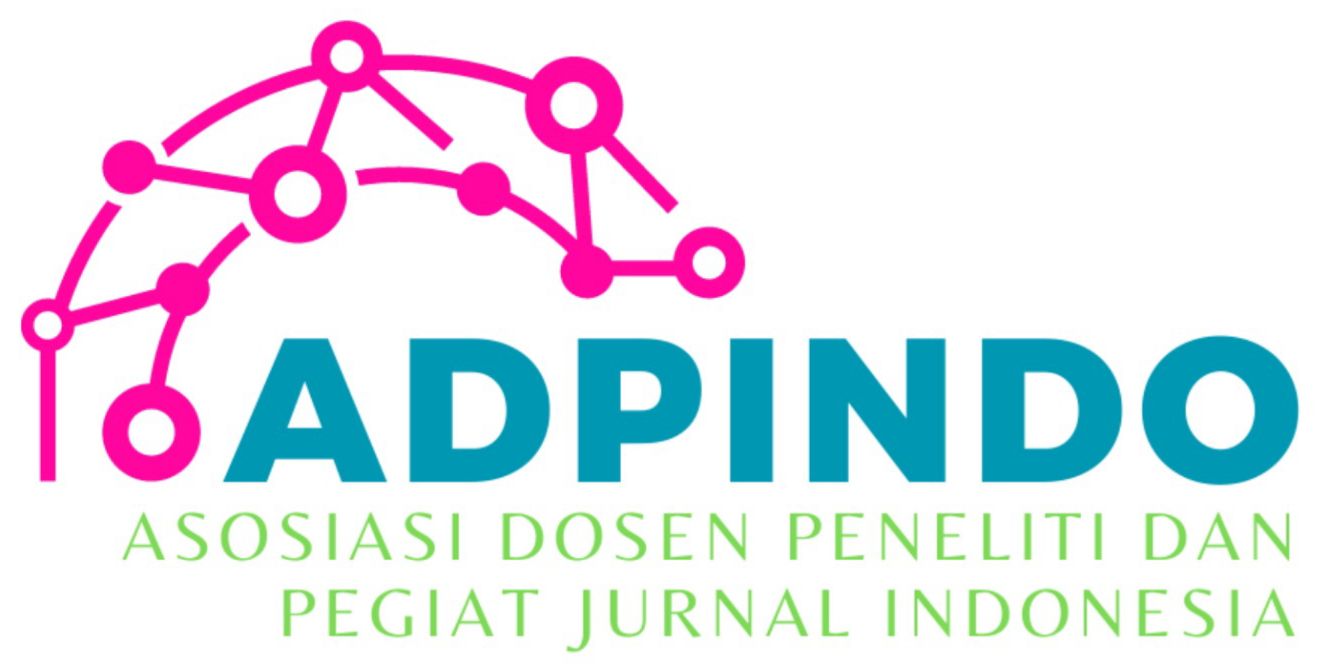GEN Z JOB SEEKERS' INTENTION TOWARDS E-RECRUITMENT IN CENTRAL KALIMANTAN TECHNOLOGY ACCEPTANCE MODEL (TAM) APPROACH
Main Article Content
Olivia Winda Ony Panjaitan
Trecy Anden
Anike Retawati
Aditiya, S. R. D. (2018). Gen Z Interest in the Use of E-Recruitment.
Agarwal, H., & Vaghela, P. S. (2018). Work Values of Gen Z: Bridging The Gap to The Next Generation. National Conference on Innovative Business Management
Practices in 21st Century. Faculty of Management Studies, December 2018, 1-26. Alsultanny, Y., Alsultanny, Y. A., Alsultanny, Y. A., & Alotaibi, M. F. (2015). Evaluating the Factors Affecting on Intention to Use of E-Recruitment. American Journal
of Information Science and Computer Engineering, 1(5), 324-331. http://www.aiscience.org/journal/ajiscehttp://creativecommons.org/licenses/by- nc/4.0/
Brahmana. (2013). What Factors drive Job Seekers Attitude in Using E-Recruitment. The South East Asian Journal Of Management, 7(2). https://doi.org/https://doi.org/10.21002/seam.v7i2.2050 CfDS. (2018). Indonesia Internet User Profile 2014.
Chandrarin, G. (2017). Accounting Research Methods: Quantitative Approach. Cooper, D. and S. (2008). Business Research Methods. McGraw Hill.
Davis, F. (1989). Perceived Usefulness, Perceived Easy of Use and User Acceptance of Information Technology. MIS Quarterly, 13, 319-339.
Fatmawati. (2015). Technology Acceptance Model (TAM) to analyze acceptance of information systems in libraries. Journal of Library and Information, 9(1).
Geofanny; Faraz, R. (2023). Employer Branding and E-Recruitment Against Interest in Applying for Generation Z Jobs. Psychostudia, 12(1), 146-154.
Handlogten, C. (2009). Implementation of E-Recruitment. University Of Twente, Netherlands.
Koleva, V. (2023). E-RECRUITMENT AND GENERATION Z JOB-SEEKERS. 1, 25- 36.
Leelavathi, D., Senjith, S. A., & Rafiq, M. (2020). An Analysis on Job Seekers Perception and Behavioural Intention towards Online Recruitment Portals in Chennai City. TEST Engineering & Management, June.
Nurqamar, I. F., Ulfa, S., Hafizhah, I., Fadhillah, N., & Rahmi, N. (2022). The Intention of Generation Z To Apply For a Job. JBMI (Journal of Business, Management, And Informatics), 18(3), 218-247. https://doi.org/10.26487/jbmi.v18i3.16493
Odumeru, J. (2012). Diffusion of Online Recruiting Technology in Nigeria. Online Journal of Social Sciences Research, 1(4), 104-114.
Rahman, M., & Patra, A. (2020). Shared values of e-recruitment portals: Determinant factors of job seekers' intention to use job portals. Taylor's Business Review, 9(1), 1-31.
Schroth, H. (2019). Are you ready for gen Z in the workplace? California Management Review, 61(3), 5-18. https://doi.org/10.1177/0008125619841006
Setiawan, E., & Marginingsih, R. (2021). Employer Branding Towards the Intention to Apply for a Job Through Company Reputation as Mediation Variable. Andalas Management Review), 5(2), 73-94.
Shulhan, F., & Oetama, R. S. (2019, August). Analysis of actual system use from bukareksa mutual fund feature using technology acceptance model. In 2019 International Conference on Information Management and Technology (ICIMTech) (Vol. 1, pp. 186- 191). IEEE.
Suroso, J. A. A. (2022). Analysis of Factors that influence Online Mutual Fund Investment in Millennials and Generation Z. Information Technology Engineering Journal, 7(1), 32-52.
V.G. Kuppelwieser, J. F. H. M. S. H. and. (2014). Partial Least Square Structural Equation Modeling (PLS-SEM): An Emerging tool in Business Research. European Business Review. https://doi.org/10.1108/EBR-10-2013-0128
Venkatesh, V. and D. F. (2000). A Theoretical Extension of Technology Acceptance Model: Four Longitudinal Field Studies. Management Science, 2, 186-204.
Yas A. Alsultanny; Mona F. Alotaibi. (2015). Evaluating The Factors Affecting on Intention to Use of E-Recruitment. American Journal of Information Science and Computer Engineering, 1(5), 324-331.
Yahyapour, N. (2008). Determining factors affecting the Internet to adopt banking recommender system. Division of Industrial Marketing and E-commerce, Master's thesis, 36, 31-48.






































